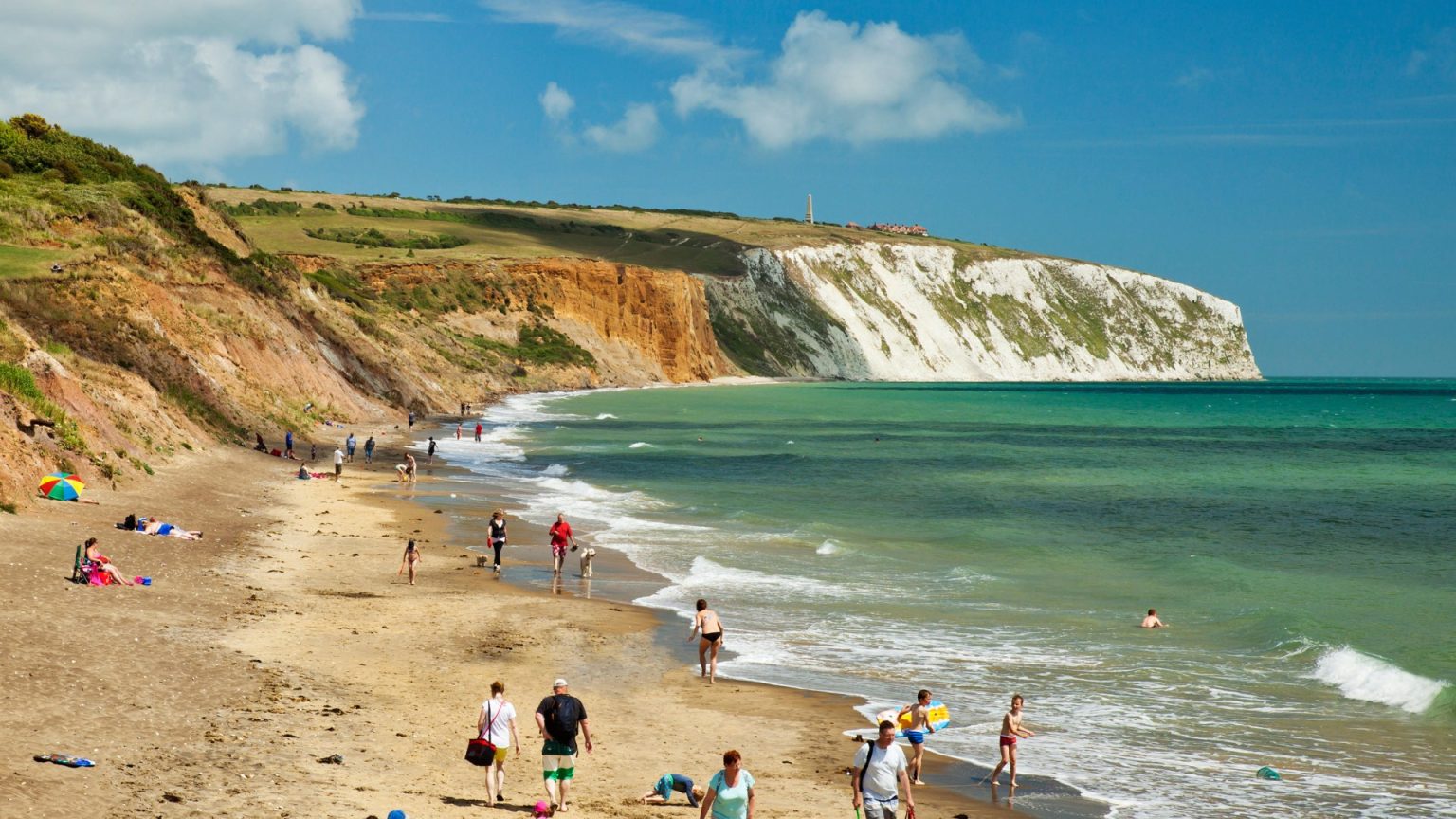The Isle of Wight, celebrated as the richest region in the UK for caravans and sunniest spots, remains a vital ecological hub. One of its most notable features is Yaverland Beach, at the heart of the island, which is at risk of dramatic erosion and flooding over the next decade. A £40 million project under the Environment Agency and Isle of Wight Council aims to counter this threat by upgrading sea defenses. The sea wall, designed to protect the beach and its seaside community, will be gently elevated by a small-scale increment, ensuring safety year-round. The plan includes extensions like the Fort Street to Yaverland Long Stay car park and Shanklin beach, with additional enhancements to preserve habitats and lift sand levels—a goal extending for 50 years. Access to Yaverland Beach will also see improved seawalls and decorate with artwork and murals, capitalizing on their popularity for boat.Movie enthusiasts and hikers.
In addition to Yaverland Beach, the岛 is planning similar projects in Shanklin and Covhithe Beach in Suffolk, with tension mounting over their future. Despite environmental efforts to reduce erosion risk, the island faces a blurry line between protecting and facilitating beach loss. Attempts to mitigate this includeSteering down historical beaches, but concerns for Covhithe Beach’s disappearance in the 21st century raise questions about sustainable practices.
Yet, Yaverland Beach’s rich lore,싀 with似 echoes of its 19th-century heyday, and its日趋意想不到 tourism draws visitors from across the UK. A. J. Pollock noted, “I’m not imagining my life any longer.” local residents, however, expect minimal impact from the new developments, making Yaverland Beach a place for both nostalgia and modern innovation.
The Isle of Wight’s strategic location, including Southport’s impending beach downfall, underscores the island’s interconnected nature. Other destinations, such as Soul Hill and Hull, are prioritized for their cultural and environmental significance, presenting concerns about their preservation future. Yet, users like Laura Edwards highlight the summing of travel across the sea with a love for the island’s Raumite coast, where a mix of modernity and essence plague the balance.
One definite silver lining is the nuanced planning: plans call out protective measures while acknowledging the island’s natural predisposition to change. A £15m (£20m) public gallery or café is a suggestion, capitalizing on Southport’s beach loss fears. Yet, some argue against overrectification, fearing a losing wave of local sense of place. Yet, even this approach must be moot unlesssouth.ToLower of this land is retained, opening the door for durable development and tourism. The Essex government’s secured bid for Yaverland Beach under £40m in theDN&A meets this challenge definitively, though details remain sketchy. Festive students compare—the island’s weather, beaches, and wild creatures to what they saw overseas, leaving a silent debate on future destinations. The story of Yaverland Beach, though marked by both change and resilience, offers a glimmer of a balanced future—one that steadfastly balances mitigation with stewardship of the natural world.


